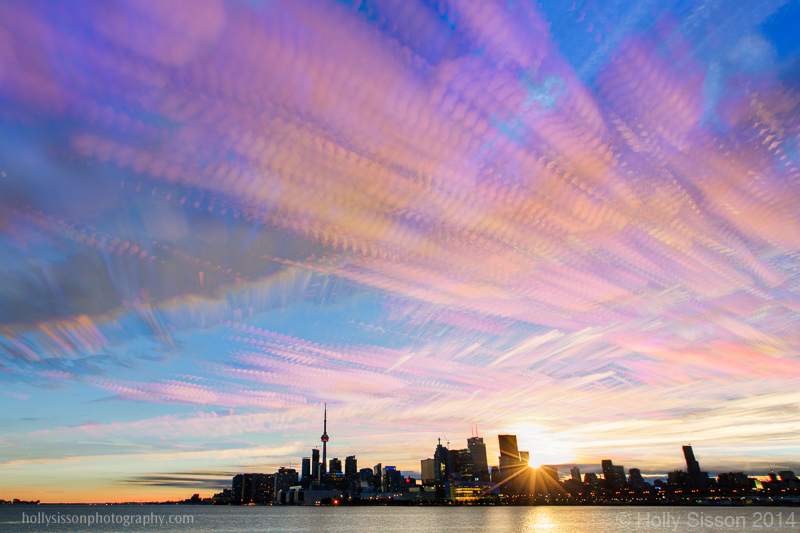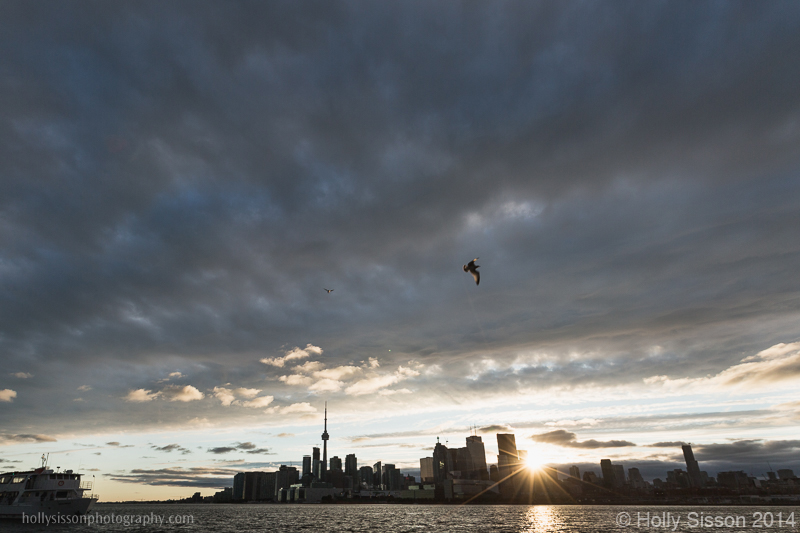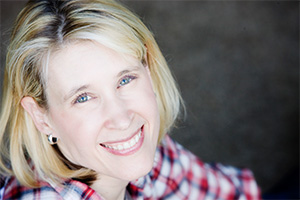



Frankly, if I saw that sky today, with the experience I have now, I might not have bothered to shoot a time stack, because this sky really does not look promising, but it created an amazing time stack! One of my favourites, actually. So now, unless I’m absolutely certain of an unpromising outcome, I’ll almost always take a chance and try for a time stack. If it’s a dud, it’s usually apparent quite quickly (during processing) and I’ll abandon it.
Here are some more of my favourite time stacks:


A high city view is awesome, I wish I’d had more opportunities at this location with a wider angle lens.


This one created a very different time stack sky…keep meaning to revisit, and possibly redo it, to see if I get a different result.


I believe this is one of the first time stacks I did where I had the sailboats stacking up, which was a cool effect.


A country property that I’ve visited a few times, in Zephyr, Ontario. Usually I photograph the horses when I’m there, but if the clouds are nice I can set up for a time stack, while I go and photograph the horses.


The Centre Island Pier, on the back side of the Island. I’ve only visited this location once or twice, and will have to try and revisit it again.


Shot from Olympic Island, this angle of view shows the Sky Dome beside the CN Tower. These days I usually prefer shooting at Ward’s Island, as I can get the setting sun in the time stack. I’ll have to visit this location a few times this summer so I can get this POV again (as well as the Pier!).


A sunrise time stack, worth getting up at 3 am for!


The Blue Hour, from Olympic Island, Toronto.


A day time time stack can be a lot of fun, as the clouds can make an interesting pattern, as they have here. This time stack contains 130 photos.


This sunset time stack was shot on the same day as the previous day time time stack. You can see that the cloud pattern is quite similar, the clouds were moving in the same direction in both images. Both were shot from Ward’s Island, Toronto. This sunset time stack contains 209 images.


Another example of a day time time stack, shot from Ward’s Island. Sail boats were also out that day. 🙂 This time stack contains 425 images.


This is an end of winter time stack, when the ice was just beginning to melt, shot from Polson Pier, Toronto. This time stack was shot over the course of 30 minutes and contains 560 images.
I visited Ward’s Island on a very windy day, here are three different time stacks that I created that show how different the clouds/time stacks can look over the course of time. I actually have created a total of 11 time stacks from this one visit to the Island. There was no sunset that night, so only day time time stacks.


Lots of sail boats enjoying the windy day! This time stack contains 45 images and was shot over the course of 1.5 minutes.


It’s a bit small, but you can just make out the repeating Canadian Flag, which was flying from a ferry boat moving in front of the city. This time stack contains 62 images and was shot over the course of 2 minutes.


The last of the 11 I created that day looks very different, with the sky almost looking like an ink drawing. This time stack contains 130 images and was shot over the course of 5 minutes.
Here is a time stack I captured just this past Saturday from Ward’s Island. It was a beautiful sunset! I’m still working on additional time stacks from that evening’s shoot.


This time stack contains 109 images and was captured over the course of about 10 minutes.
To end, here’s a different perspective of the CN Tower, shot from the Bathurst Street bridge, at Front Street.


This time stack contains 130 images and was shot over the course of ~11 minutes.
For a successful time stack you require a few things.
1) Clouds throughout the sky!
2) A solid tripod. If your camera moves, the end result won’t be sharp.
3) A wide angle lens, to show as much sky as possible. This also helps to minimize small movements in the scene, so they are not too noticeable.
4) A compelling scene for the time stack. You need something of interest in the scene that is stationary, it helps to anchor the fact that it’s just the clouds that are moving, and also just makes a much better time stack image.
There are programs that you can use to automatically build your time stack, but I use Photoshop. Over time I have developed my own techniques, and I imagine my process will continue to evolve over time. There are multiple resources online for more information on building them, just do a web search! You will learn by building them yourself, good luck!
Equipment used:
• Canon EOS 5D Mark III
• Canon EF 16–35mm f/2.8L II USM Lens
• Canon EF 24–70mm f/2.8L II USM Lens
• Canon TS-E 17mm f/4L Tilt-Shift Lens
• Canon Timer Remote Controller TC-80N3
Follow me on Instagram for regular postings of my time stack images.






by Holly
Wow!!! Your photos are all amazing and magical!!! I am really surprise at the cloud’s effect!!! Very modern.
Thank you! Time stacks are really fun to create, and a different creative way to capture the changing sky. 🙂
Whoa… found you on instagram this morning. This is sick! Thanks for making scenic photography interesting and exciting!
Thank you so much Raj!
I just can’t get enough of these time stacks. Your skill as a photographer is amazing, but I love that you’ve created this blog post about stacking, outlining the best ways to do it. That’s just… generous and nice! Thanks much!
Thank you Scott! I’m glad you found it helpful!
I’m entering into a photo contest where the theme is “the sky is the limit” (any type of sky photo) and I decided I wanted to try this. I have all my equiment set and ready, though my only problem is how would I set my camera to take a photo maybe every 20 seconds? I have a Canon Rebel t5i, along with a shutter remote and a tripod. I have no clue if I can even do that with my camera, let alone if that’s even a setting. I don’t know how else to word this, but any type of advice will help! I’m only 14 so I’m not the best with words.
Hi Hannah,
It depends on the shutter remote, some are very basic ones just trigger the shutter. You need an intervalometer, a remote that can be set to take a photo at a specified rate. It’s possible that it’s built into your camera body, check your manual. You will also require a very steady tripod. Also, 20 seconds would be a very long period of time between shots. It’s really dependent on how fast the clouds are moving. If the clouds are moving fast, you might need to take a photo every second or two. Usually I eye the clouds against something and count in my head to get an idea of how often to take a shot. Sometimes I’ll set it up, let it shoot a few frames, and then stop and review to see how fast, or slow, the clouds move between shots to determine if I’ve got a rate that I’m happy with. You’ll learn as you go, and the only way to figure it out is to go out and try it. Good luck!